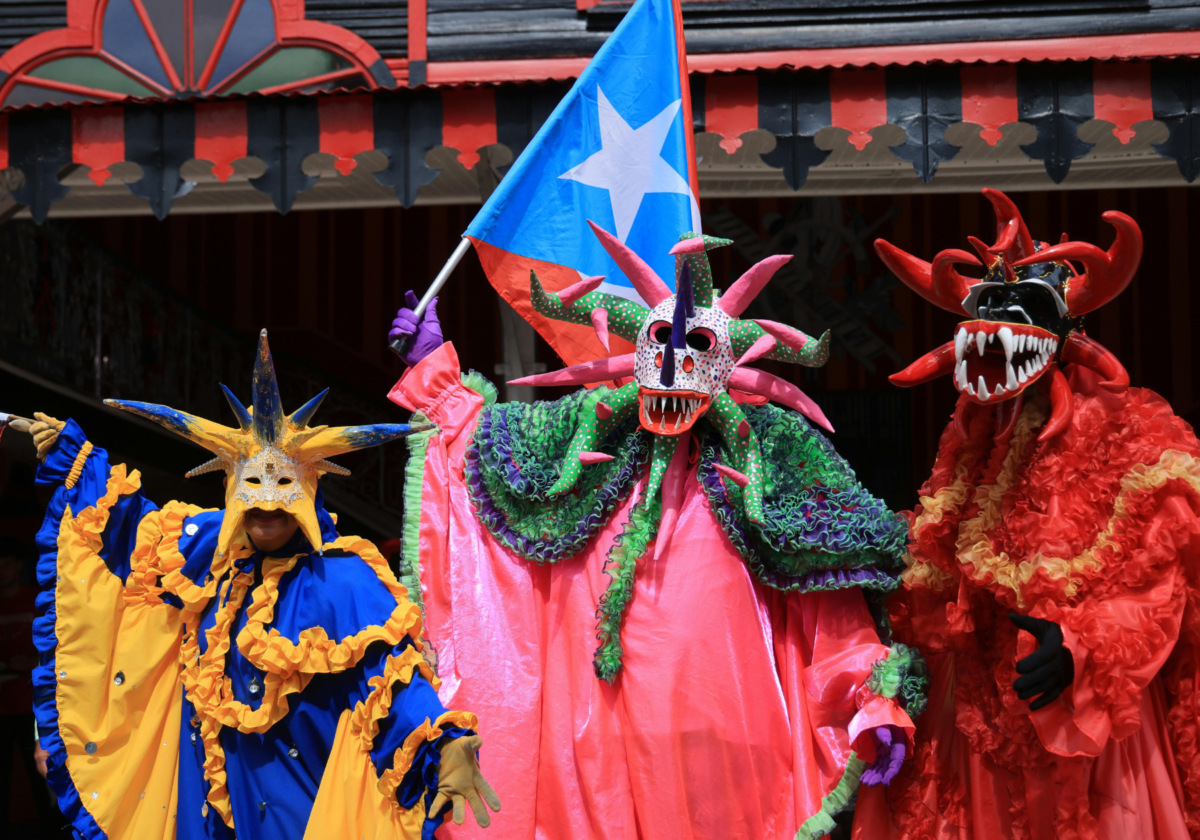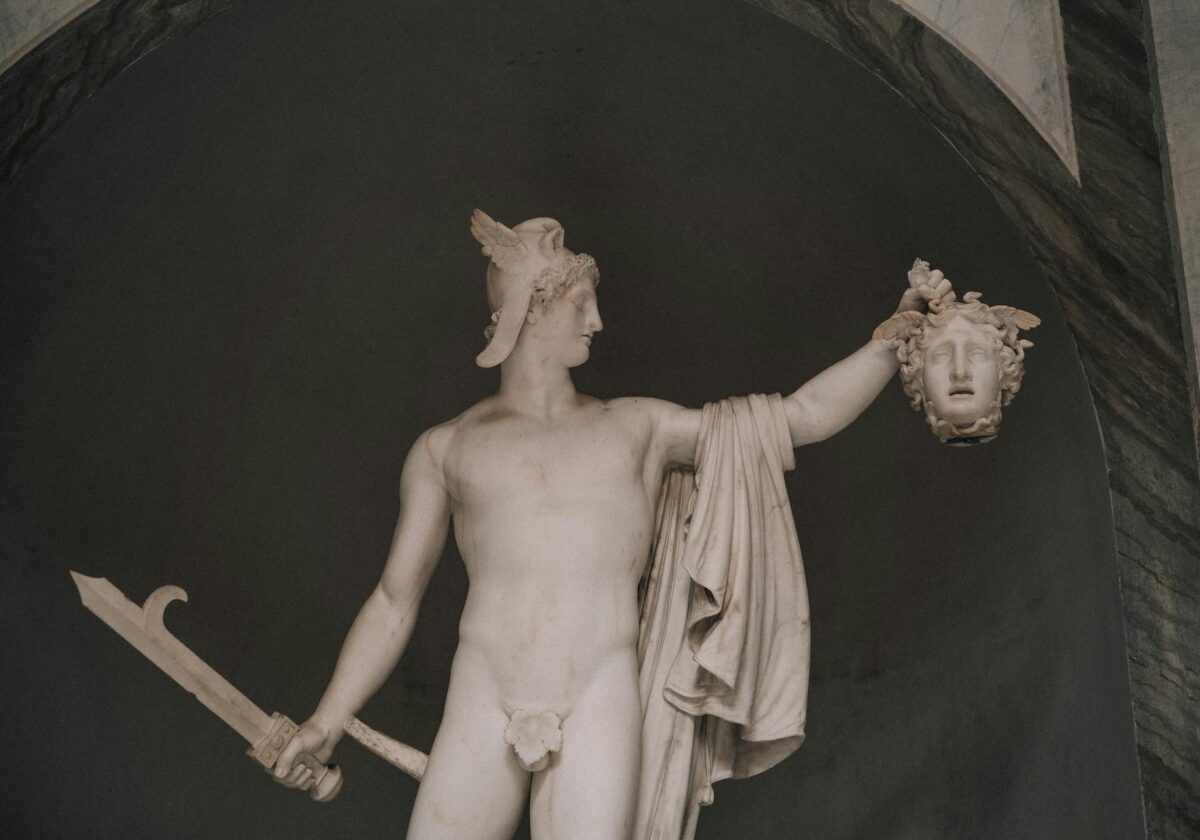JUNOT DÍAZ
“I think 90% of my ideas evaporate because I have a terrible memory and because I seem to be committed to not scribble anything down,” says Junot Díaz. “As soon as I write it down, my mind rejects it.”Juggling everything in his head has drawbacks, one of which is writing very slowly, he says. He threw out two earlier versions of his novel, “The Brief Wondrous Life of Oscar Wao”—the equivalent of about 600 pages—before the final version began to take shape. He also researches obsessively. When writing “Oscar Wao,” he read J.R.R. Tolkien’s “Lord of the Rings” trilogy half a dozen times to get inside the head of his protagonist, an overweight Dominican teenager who’s obsessed with fantasy and science fiction.
He often listens to orchestral movie soundtracks as he writes, because he’s easily distracted by lyrics. When he needs to seal himself off from the world, he retreats into the bathroom and sits on the edge of the tub. “It drove my ex crazy,” he says. “She would always know I was going to write because I would grab a notebook and run into the bathroom.”
EDWIDGE DANTICAT
Before she begins a novel, Edwidge Danticat creates a collage on a bulletin board in her office, tacking up photos she’s taken on trips to her native Haiti and images she clips from magazines ranging from Essence to National Geographic. Ms. Danticat, who works out of her home in Miami, says she adapted the technique from story boarding, which filmmakers use to map out scenes. “I like the tactile process. There’s something old-fashioned about it, but what we do is kind of old-fashioned,” she says.
Sometimes, the collage grows large enough to fill four bulletin boards. As the plot becomes clearer, she culls pictures and shrinks the visual map to a single board.
Right now, Ms. Danticat has two boards full of images depicting a seaside town in Haiti, the setting for a new novel that takes place in a village based on the one where her mother grew up.
She writes first drafts in flimsy blue exam notebooks that she orders from an online office supply store. She often uses 100 exam books for a draft. “The company I order from must think I’m a high school,” she said. She types the draft on the computer and begins revising and cutting.
Finally, she makes a tape recording of herself reading the entire novel aloud—a trick she learned from Walter Mosley—and revises passages that cause her to stumble.





jaja, Junot is hilarious. I guess you can find inspiration even by your bath tub…
good post!
This post is great! These are my two favorite writers
I love Ms. Danticat's work.